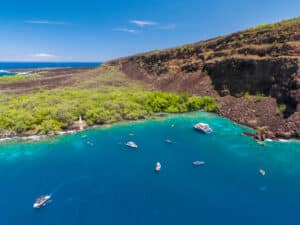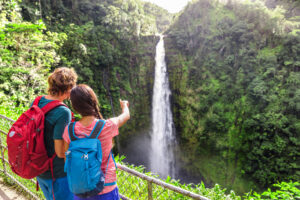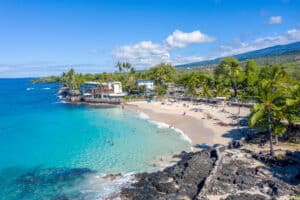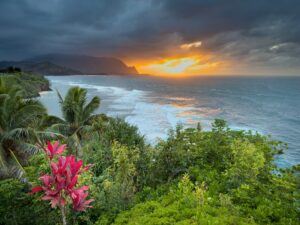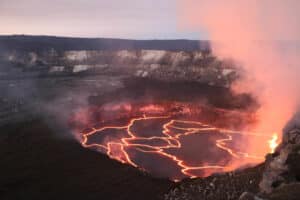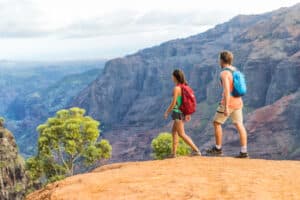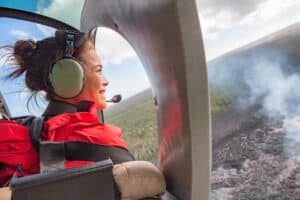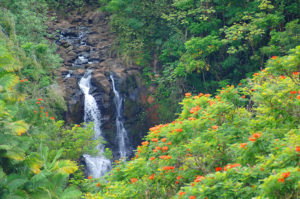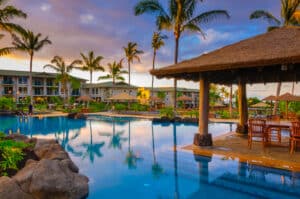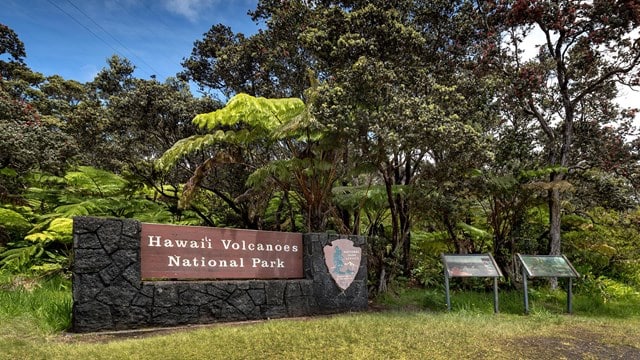
Hawai’i Volcanoes National Park (Photo Credit: Hawaiianscribe)
Hawaii Volcanoes National Park is a spectacular destination filled with natural beauty, geological wonders, and a fascinating history of Native Hawaiians. Covering more than 300,000 acres, the park is home to two of the world’s most active volcanoes — Kīlauea Volcano and Mauna Loa and is widely regarded as the crown jewel of the Big Island.
Spending a day at this park offers visitors a truly immersive experience into the raw and powerful forces that shape our planet. I’m lucky to live close enough that I can often see the red night glow in the sky when Kīlauea Volcano is erupting.
Whether you’re a nature lover, a photography enthusiast, or someone fascinated by Earth’s geology, Hawai‘i Volcanoes National Park delivers a once-in-a-lifetime adventure. Here’s how to spend a full, unforgettable day exploring.
Changes Coming in 2025
After withstanding multiple earthquakes, intermittent eruptions, and the normal wear of humans, buildings and infrastructure within the park are finally being restored. While these construction efforts aim to preserve the delicate environment for future generations, they may cause temporary disruptions.
Visitors and tour operators should anticipate possible delays at the park entrance from the main highway, as well as occasional area closures and limited parking availability during construction. Plan ahead and check for updates to ensure a smooth visit.

Construction scene, January 2025 (Photo Credit: Kelsey Walling, Big Island Now)
Whether it’s an eruption or peak travel season (December – January and June – August) you’ll need a little extra patience because more people will be in the park.
Planned renovations had been on hold for years — but not anymore. The devastating 2018 eruption of Kīlauea changed everything, destroying more than 700 homes and reshaping vast portions of the Puna district, just 35 miles from the national park. Kaluapele, the traditional Hawaiian name for Kīlauea Caldera, underwent dramatic and permanent transformations. The caldera floor partially collapsed, plunging 1,600 feet. Iconic landmarks like the Jaggar Museum and the Volcano Observatory, once perched near the caldera’s edge, were damaged beyond repair. Now, at long last, Hawai‘i Volcanoes National Park is undergoing a major restoration project to honor both its geological power and cultural significance.
The Kilauea Visitor Center is Being Renovated
For decades, the Kīlauea Visitor Center was the first stop for visitors entering Hawai‘i Volcanoes National Park. While that facility undergoes major renovations, visitors are welcomed at a temporary location — the accessible Koa Room at Kīlauea Military Camp, about a mile west of the park entrance.
Here, national park rangers and volunteers continue to greet guests with educational materials, updates on volcanic activity, and answers to questions. Ranger-led programs are still being offered, though visitors should be prepared for some limitations during the transition. Parking is available on the adjacent ball field.
The renovation is expected to take about two years and will include a full rebuild of the visitor center’s interior, restrooms, sidewalks, water station, and parking lot to better serve the 1.5 million people who visit Hawai‘i Volcanoes National Park each year.
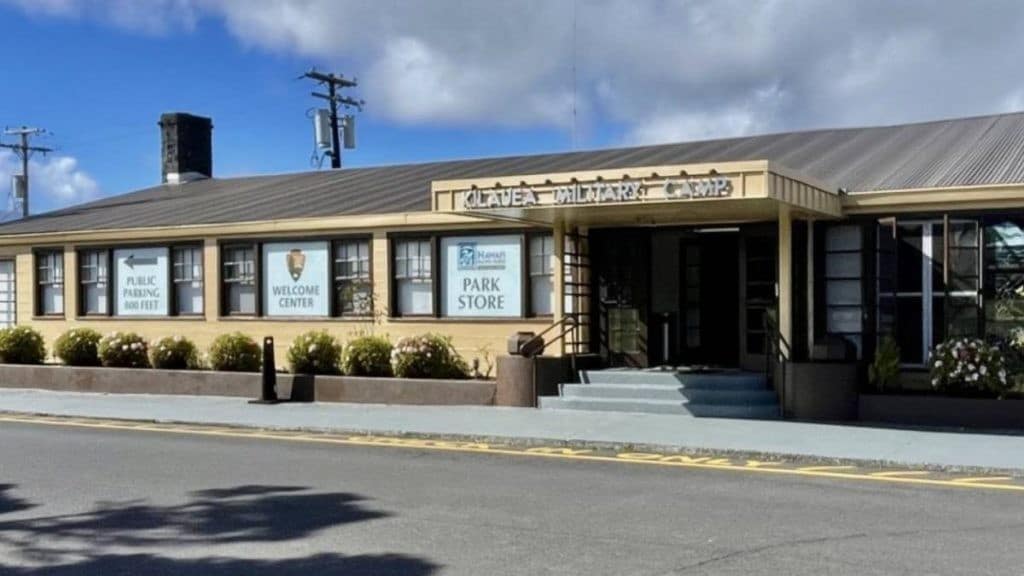
The temporary welcome center should be your first stop in the park. (Photo credit: Hawaiianscribe)
How to Spend a Day at Hawai’i Volcanoes National Park
Early Morning: Arrive at the Welcome Center
Start Time: 8 a.m.
Location: Welcome Center at Kīlauea Military Camp (KMC), Koa Room
Begin your day early at the temporary Welcome Center at the KMC. This is the best place to get oriented, check current conditions (especially volcanic activity), grab Hawaii Volcanoes National Park maps, and get advice from park rangers. The center opens at 9 a.m., but arriving around 8 a.m. will allow you enough time to enjoy the crisp morning air and explore the grounds. Park on the baseball field adjacent to the center.
Here you can:
- Watch a short film about volcanic activity and Hawaiian culture.
- Ask rangers about current lava flows, road closures, and air quality alerts.
- Pick up a junior ranger booklet if you’re traveling with kids.
- Purchase guidebooks and maps at the bookstore.
Pro Tip: Conditions in the park can change quickly due to volcanic activity. Always check real-time updates before heading to the trails or viewpoints.
Mid-Morning: Crater Rim Drive and Volcano Overlooks
Start Time: 9:30 a.m.
Duration: 2-3 hours
Drive along Crater Rim Drive, which loops around Kīlauea’s summit caldera. This scenic road provides access to some of the most iconic overlooks and trails in the park.
Must-See Stops Along Crater Rim Drive:
- Steaming Bluff and Sulphur Banks
- Walk the short boardwalk trail to observe steam vents rising from the earth.
- The smell of sulfur is strong, but the views are striking.
- This is a great introduction to the geothermal activity in the park.
- Wahinekapu (Sacred Woman)
- A culturally significant area with interpretive signs.
- Take a moment to learn how Hawaiian spirituality is deeply connected to the land.
- Kīlauea Overlook
- One of the best spots to view Halema‘uma‘u Crater inside the Kīlauea Caldera.
- Depending on volcanic activity, you may see a lava lake glowing in the distance or steam rising from the crater.
- Jaggar Museum (Museum Closed, Viewpoint is Open)
- Even though the museum is currently closed because of earthquake damage, the viewpoint outside offers one of the best panoramic views of the crater, especially if there’s visible lava. Follow all signage for your own protection.
Optional Short Hike:
The Sulphur Banks Trail is an easy 1.2-mile loop that provides unique geothermal features and a good leg-stretcher before heading to more strenuous hikes.
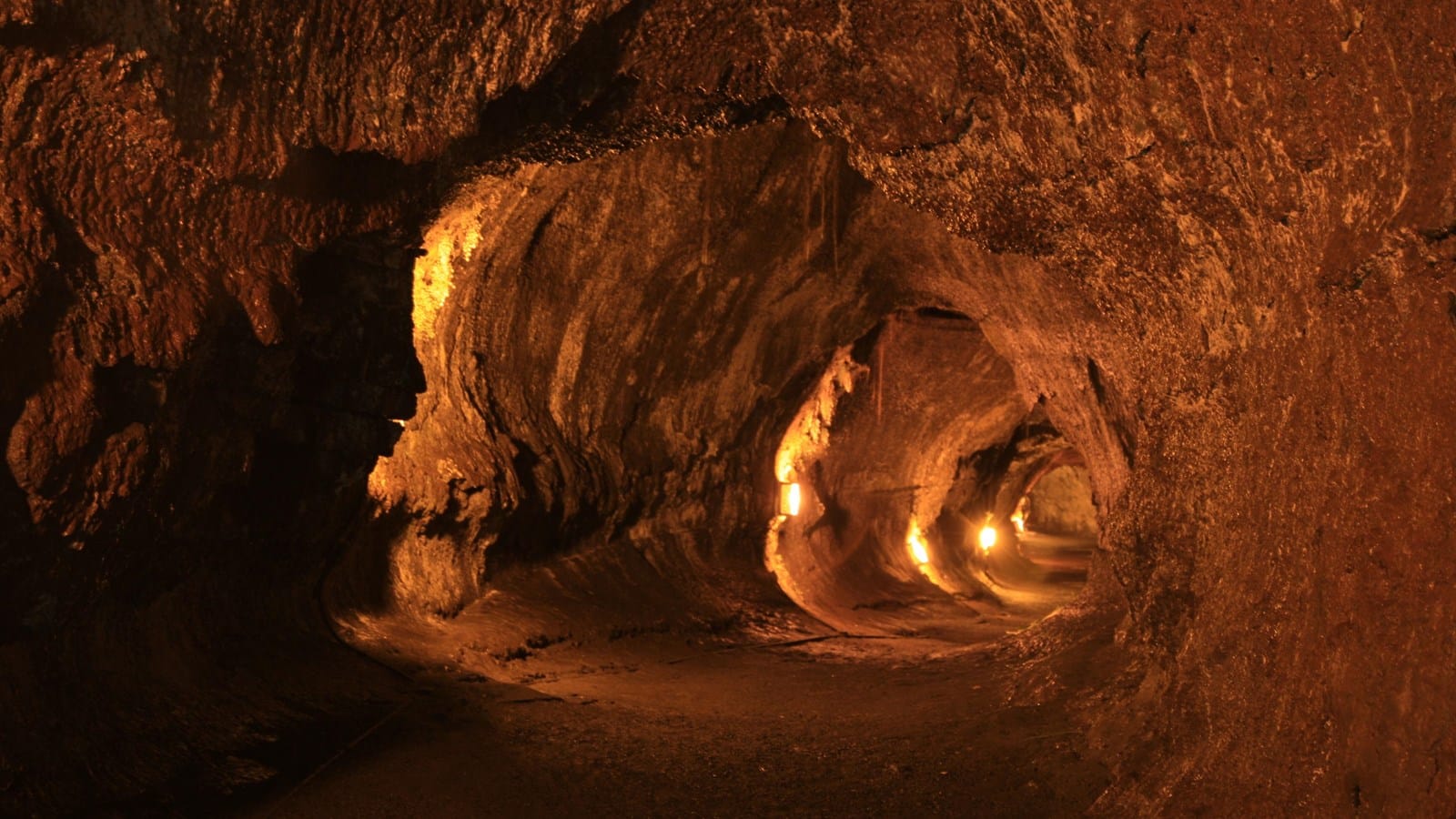
Nahuku Lava Tube (Photo Credit: National Park Service)
Late Morning: Nāhuku (Thurston Lava Tube)
Time: 11:30 a.m. – 12:30 p.m.
Drive a few minutes to Nāhuku, previously known as the Thurston Lava Tube, one of the most accessible lava tubes in the world.
- Take the short rainforest hike (about 20 minutes round trip) to the entrance.
- The walk through the lush forest is magical, with tree ferns and native birds all around.
- Inside the lava tube, you’ll walk through a dimly lit tunnel formed hundreds of years ago by flowing lava.
This is a must-see stop, as it provides a literal walk through a piece of volcanic history.
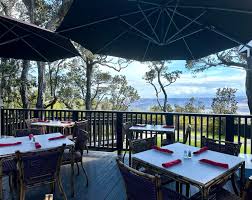
The beautiful view from the Volcano House lanai (Photo credit: National Park Service)
Lunch Break: Volcano House or Picnic
Time: 12:30 p.m. – 1:30 p.m.
Option 1: Volcano House
- The park’s historic Volcano House Hotel and Restaurant offers beautiful views overlooking Kīlauea Caldera.
- Enjoy a locally inspired meal with views of steam rising from the crater.
- The food is fresh and the setting serene — perfect for recharging before more adventure.
Option 2: Picnic in the Park
- Pack a lunch and enjoy a meal at Kīlauea Iki Overlook or one of the park’s many picnic areas.
- You can stop at one of the small convenience stores in Volcano Village before entering Hawaii Volcanoes National Park for the day to buy lunch and drinks. Buy a cheap cooler to bring with you and pack plenty of water for hydration.
- Picnic tables, restrooms, and scenic views make it a peaceful and budget-friendly choice.
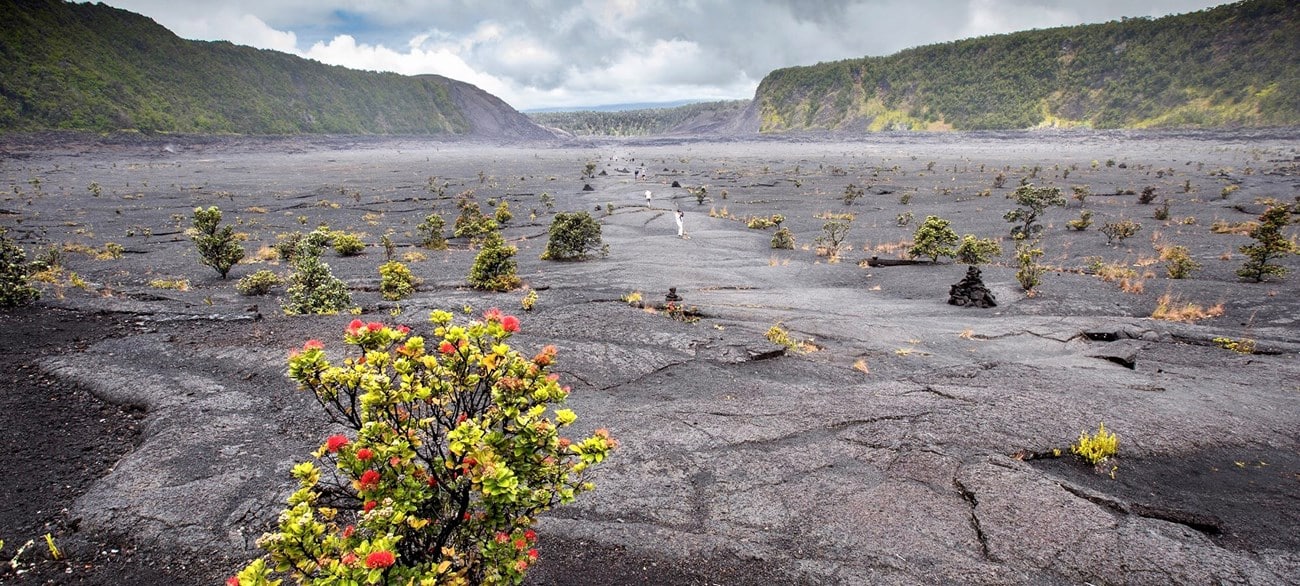
Hikers visible as they walk across the Kilauea Iki Crater (Photo Credit: National Park Service, J. Wei)
Early Afternoon: Kīlauea Iki Trail
Time: 1:30 p.m. – 3:30 p.m.
Difficulty: Moderate
Distance: 4 miles round trip
This is one of the most popular and rewarding hikes in the park.
Highlights:
- Descend the crater rim through a lush rainforest.
- Hike across the solidified Kīlauea Iki Crater, which last erupted in 1959.
- Walk past steam vents and cracks where heat still radiates from below.
The contrast between the verdant jungle and stark black lava is breathtaking. You’ll feel like you’re walking on another planet. It’s a moderately strenuous hike, so bring water, wear sturdy shoes, and be prepared for uneven terrain.
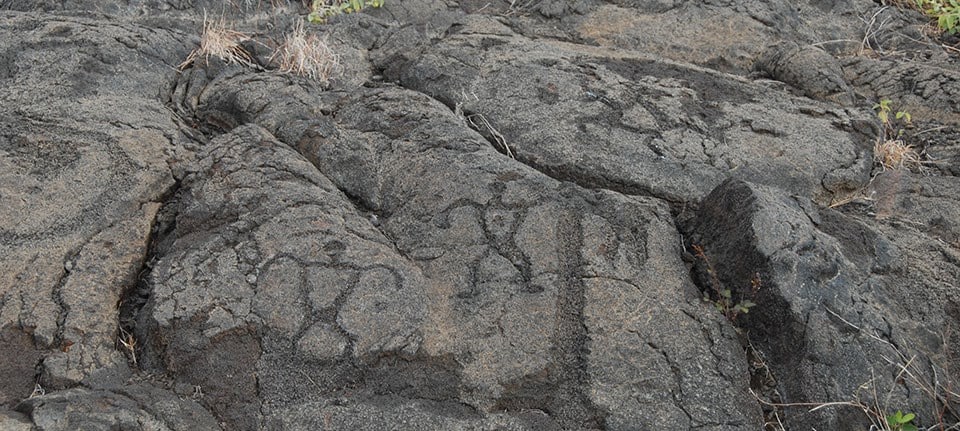
Pu’uloa Petroglyphs (Photo Credit: National Park Service)
Late Afternoon: Chain of Craters Road Scenic Drive
Time: 4 p.m. – 6 p.m.
Length: 19 miles (one way)
After finishing your hike, drive down Chain of Craters Road, a stunning route that descends from the summit to the coast at sea level.
Key Stops:
Devastation Trail
- A short, easy trail through a landscape buried by the 1959 eruption.
- Great for photos and understanding the destructive force of lava.
Pu‘uloa Petroglyphs
- A 1.4-mile round trip hike leads to over 20,000 ancient Hawaiian petroglyphs.
- A sacred and fascinating cultural site.
Holei Sea Arch
- At the end of the road, you’ll find a dramatic sea arch carved by the ocean into the lava cliffs.
- This area offers spectacular ocean views, especially at sunset.
Note: There are no gas stations or food vendors, so plan accordingly. Vault-type toilets are available in the Maunaulu parking area and at the end of the road.
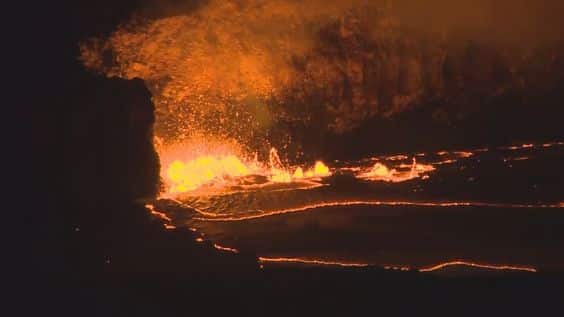
A once-in-a-lifetime experience (Photo Credit: National Park Service)
Evening: Lava Viewing (If Active) at Hawaii Volcanoes National Park
Time: 6:30 p.m. – 8 p.m. (or later)
The park is open 24/7 although rangers are not often present at night. Depending on current conditions, the highlight of your day might be witnessing glowing lava flows, lava fountains, or bubbling magma in an illuminated crater after dark.
- Kīlauea Overlook or Keanakāko‘i Crater Viewpoint are popular evening spots.
- If there’s an active lava lake in Halema‘uma‘u Crater, it often glows brilliantly at night.
- Park rangers sometimes guide evening programs or talks near the overlook.
Prop Tip: Bring a flashlight or headlamp, dress in layers (temperatures drop after dark), and be respectful of park guidelines and sacred spaces.
Additional Tips for Visiting Hawaii Volcanoes National Park
What to Bring:
- Pack plenty of water (at least 2 liters per person)
- Sunscreen and a hat (the sun can be intense on exposed lava fields)
- Rain jacket or poncho (the weather is often unpredictable — check current conditions of Hawaii National Volcano Park here)
- Sturdy hiking shoes or boots
- Flashlight or headlamp for evening viewing
- Binoculars for birdwatching or crater views
Safety Notes:
- Stay on marked trails — lava rock can be unstable and sharp.
- Obey all posted signs and warnings, especially around active volcanic areas.
- Volcanic gases like sulfur dioxide can be harmful, especially for those with respiratory issues.
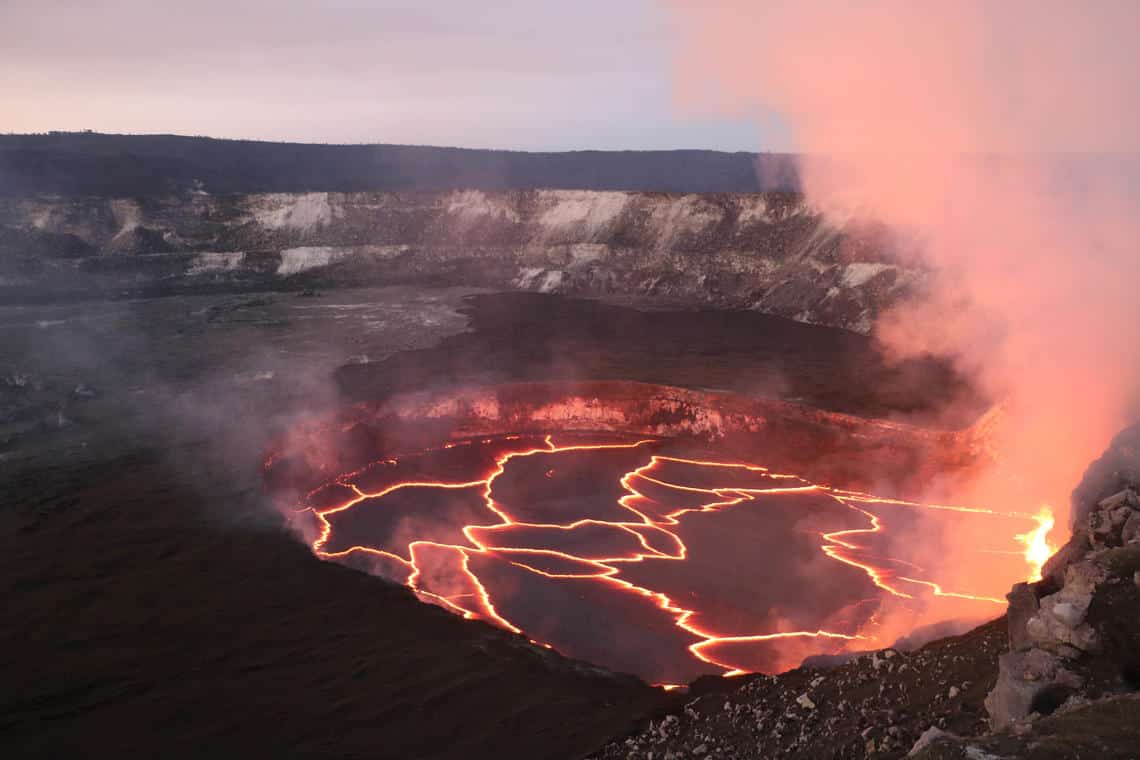
Halema’uma’u Crater during an eruption (Photo Credit: National Park Service)
A Choose-Your-Own Adventure
Your day at Hawai‘i Volcanoes National Park can be as thrilling or tranquil as you make it. Whether you’re in the mood for scenic drives, invigorating hikes, cultural landmarks, or jaw-dropping geological wonders, this park offers a well-rounded journey through one of the most awe-inspiring landscapes on Earth. You can also book a guided tour for deeper insights.
From steaming craters and ancient petroglyphs to fern-draped lava tubes and ocean-carved arches, Hawai‘i Volcanoes National Park is where natural history and Hawaiian culture meet in an unforgettable way. It’s a place that leaves you not just with awe-inspiring memories, but with a deeper respect for the raw power of nature and the incredible resilience of life in even the most extreme environments.
So, lace up your boots, pack your sense of adventure, and get ready — Hawai‘i Volcanoes National Park is calling.


